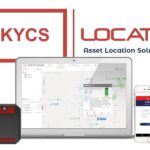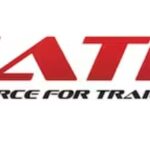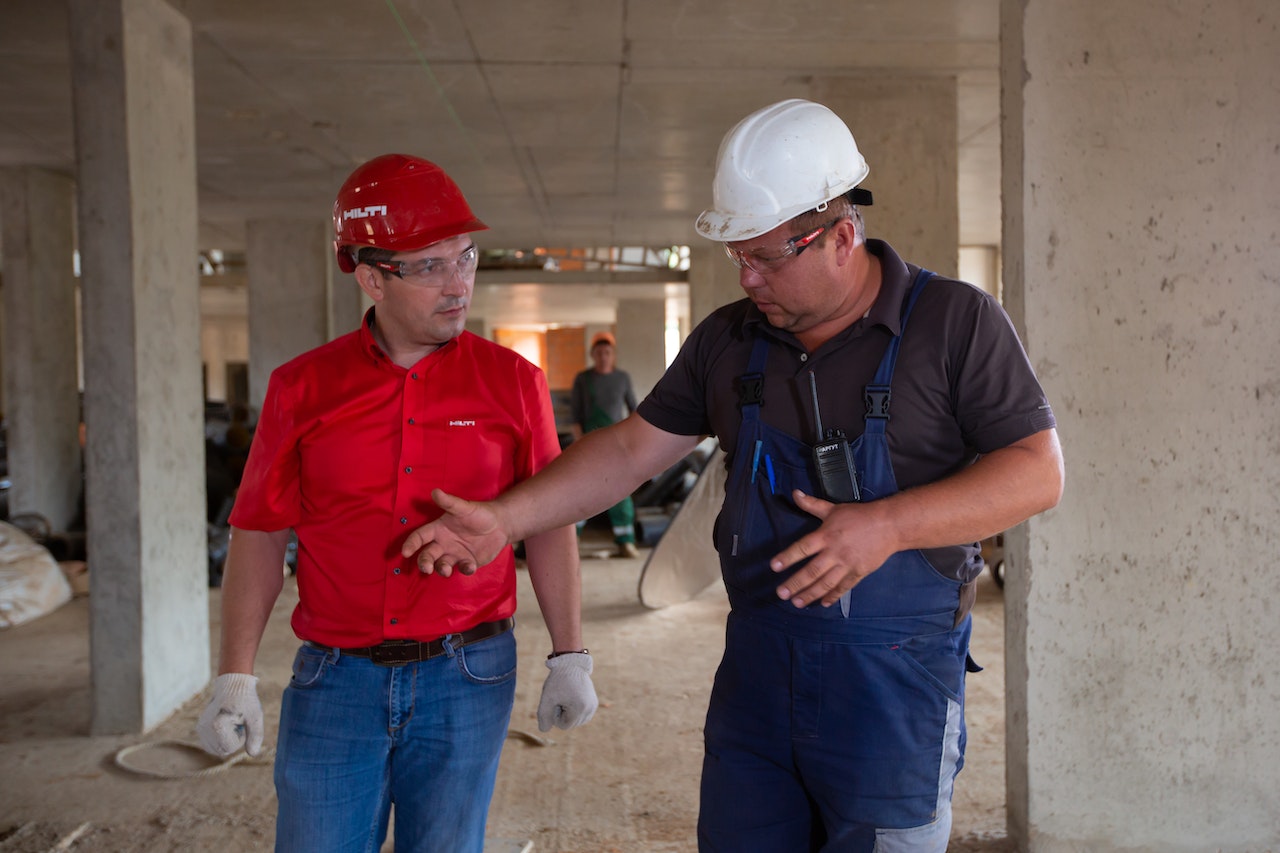Factors Influencing Lease and Equipment Financing Rates for Manufacturing Equipment
Equipment Financing and Leasing of manufacturing equipment is a strategic decision that many businesses make to optimize their operations while conserving capital. However, determining lease rates for such equipment involves navigating a complex landscape influenced by various factors. Understanding these factors is crucial for businesses seeking to make informed decisions about leasing and equipment financing […]
, February 14, 2024
Equipment Financing and Leasing of manufacturing equipment is a strategic decision that many businesses make to optimize their operations while conserving capital. However, determining lease rates for such equipment involves navigating a complex landscape influenced by various factors. Understanding these factors is crucial for businesses seeking to make informed decisions about leasing and equipment financing options. In this article, we delve into the key elements that influence lease rates for manufacturing equipment, shedding light on the intricacies of this process.
- Equipment Type and Condition: The type and condition of the manufacturing equipment could have an impact lease rates. Highly specialized equipment may command higher rates due to its scarcity and specific functionalities; this also makes it harder from a remarketing standpoint if the deal was to go into default as there is less buyers in the market available. Additionally, equipment condition plays a vital role. New or well-maintained machinery generally attracts lower lease rates compared to older or heavily used high hour equipment, as the latter may entail higher maintenance costs and depreciate faster and provide lesser value as collateral.
- Lease Term: The duration of the lease term is a fundamental factor affecting lease rates. Generally, longer lease terms tend to result in lower monthly payments due to the extended period over which the lessor can recoup the equipment’s value. Conversely, shorter lease terms often translate to higher monthly payments but may offer more flexibility and the ability to upgrade to newer equipment sooner. Generally, the shorter the term the less interest overall you payout but the higher the interest rate. Conversely, the longer the term, the less the interest rate you are typically charged but the more interest you pay out.
- Creditworthiness and Financial Health: The financial stability and creditworthiness of the lessee profoundly impact lease rates. Lessors typically assess the lessee’s credit history bureau, financial statements, and business stability to determine the level of risk involved. Businesses with strong financial profiles and solid credit histories are likely to secure more favorable lease terms, including lower interest rates and down payments, compared to those with less favorable financial standings.
- Market Conditions: Market dynamics can play a role in shaping lease rates for manufacturing equipment. Supply and demand fluctuations, economic conditions such as inflation, and industry trends all influence pricing. In times of high demand or economic prosperity, lease rates may rise due to increased competition for equipment and higher costs of financing. Conversely, during economic downturns or periods of oversupply, lessors may offer more competitive rates to attract lessees.
- Lessor Policies and Terms: Each equipment financing operates under its own set of policies, terms, and risk assessment criteria, which can impact lease rates. Factors such as administrative fees, insurance requirements, credit score requirements, and termination clauses can vary significantly among lessors and may affect the overall cost of the lease. Additionally, some lessors may offer incentives or discounts for early payment or long-term commitments, further influencing lease rates.
- Geographic Location: Geographic location can also impact lease rates for manufacturing equipment. Local market conditions, including regional supply and demand dynamics, labor costs, and regulatory requirements, may vary from one location to another. Additionally, factors such as taxes, import/export duties, and transportation expenses can influence the overall cost of leasing equipment in different regions.
Leasing manufacturing equipment offers businesses a cost-effective way to access the latest technology and improve operational efficiency without substantial upfront investments. However, determining lease rates involves considering a multitude of factors, including equipment type and condition, lease term, creditworthiness, market conditions, lessor policies, equipment residual value, and geographic location. By understanding these factors and their interplay, businesses can negotiate favorable lease terms that align with their operational and financial objectives, ultimately driving growth and competitiveness in the manufacturing sector.
Get Pre-Approved Today or Talk to a Equipment Financing Professional or Options
Read More:
Top 10 Reasons to Use Equipment Financing & Leasing for your Next Equipment Purchase
Other Posts

Equipment Financing for Small Business Owners
Read More
Exploration of How Interest Rate Changes Shape Business Equipment Financing For Small Business
Read More
The Crucial Role of Financial Wellness for Small Businesses
Read More
Maximize Your Savings: New Tax Deduction Allows 100% Write-Off for Equipment Purchases in 2023!
Read More
Protect Your Equipment; Theft Protection
Read More
INDUSTRY NEWS: NATDA Partners with Jocova Financial to Enhance Trailer Financing Opportunities in Canada
Read More
Why You Should Be Financing & Leasing Your Snow Equipment
Read More
Why Valuing Your Employees Should be At the Top of Your List
Read More




